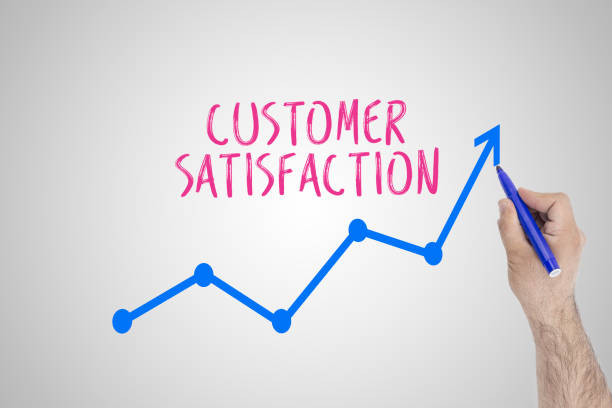Nick began by analyzing the trends of the competitive environment. Later that week, he presented Annie with a draft of his plan. Annie looked at his report, and he replied, “I really think this is the right way to go.” Many of our competitors get great results by offering low prices and aggressively promoting new products. I am confident that these strategies will produce similar results.
Annie stared at him with a confused expression. “Nick,” said Annie, “low prices and aggressive promotions would work fine if we were using a velocity model. We work on margins. We will need to develop a different set of strategic approaches.
Nick’s heart fell. Velocity? Margin? Annie was talking about what? Nick realized he had much to learn.
Name that business model.
Nick made a common mistake when he was formulating his marketing strategy: He ignored the business model of his company. What exactly is a “business model?” The term “business model” appears in many organizations, but what does it really mean?
A business model describes who the customers of a company are and how they plan to generate cash through providing value. There are three main types of business models.
- Margin – generating high profits from sales. IBM, for example, sells expensive, complex business solutions that include products and services, all customized to each customer.
- Velocity — selling products or services quickly. Wal-Mart, for example, tries to sell its inventory quickly by offering low prices.
- Leverage – Getting money out of assets owned by other organizations. Disney, for example, generates money every time another firm buys rights to its characters. These characters are then used in merchandise or toys.
Companies can use all three models, though in each firm, one will probably dominate. You can demonstrate the strong link between marketing and cash flow by supporting your business model with your marketing strategies. Take a look at the different ways you can help each business model.
Margin – Fat Profits and High Touch Service
Imagine that your company relies heavily on a margin-based business model. Focus on developing innovative products that are tailored to the needs of each customer and delivered with high-touch service if this is your firm’s business model. What is your goal? Your goal?
To accomplish this goal, develop a deep understanding of individual customer’s unique needs and requirements–uncovered through innovative market research tactics. Assess the perceptions that potential customers have of different price levels. At what price will customers no longer feel they are paying extra for quality but instead decide that they are overpaying?
Consider how frequently customers are comfortable receiving communication from your business and the types of contact that they prefer, such as emails, phone calls, site visits, or special offers on the Web. Improve your service to the point where customers are willing to pay more for it.
Another marketing strategy that affects margin is to build brand preference through advertising and loyalty programs. Brand preference can also help your brand be less vulnerable to the actions of competitors, like price discounts.
Velocity – Getting those products out the door
If you are a company that uses the velocity model as its primary business model, then support this model by developing strategies to increase turnover of your inventory – your products or services. These strategies could include low-cost pricing, a basic product design, and easy-to-use purchasing processes such as a shopping cart on the company’s website. What is the common theme that runs through all of your marketing strategies? Efficiency.
Take Dell Computer Corporation. This company can assemble products according to the specifications of customers in less than one week. That’s a remarkable speed. It generates cash fast and keeps costs down, which translates into higher profits.
Encourage your company to create a large distribution network so it can sell its products wherever the consumer wants or needs them. Starbucks, the coffee giant, has a shop on almost every corner, at every airport, and in every hotel. Even bags of coffee are sold for consumers to brew at home. Starbucks offers coffee anywhere and anytime.
Your company can improve its velocity even more by implementing well-thought-out promotions and price cuts, as well as by helping your sales staff close more sales.
Leverage – Making money without paying for assets
When your business uses a leverage model, you are using the assets of other companies to generate cash for yourself. Benetton is an example of a European fashion retailer that does not own any stores or manufacturing plants. It does, however, possess a strong brand and has a creative workforce. Benetton’s brand and innovation allow it to control assets owned by distributors and manufacturers without them having to pay for or own these assets. In financial terms, the Return on Assets of its relatively small assets is high.
The intangible assets that you create within your company – brand equity, customer equity, and workforce knowledge – can all be leveraged by the organization to gain control of support that it does not own. Disney, for example, creates new opportunities to leverage every time it releases a new animated character. It can license the use of nature to toy makers, merchandisers, and other businesses.
Disney receives a royalty for such licenses and doesn’t have to invest its own money into manufacturing or inventory. Disney can benefit from the assets of the licensee without actually owning the assets. The organization can benefit from substantial holdings without having to spend as much money. Result? It retains more of its capital.

